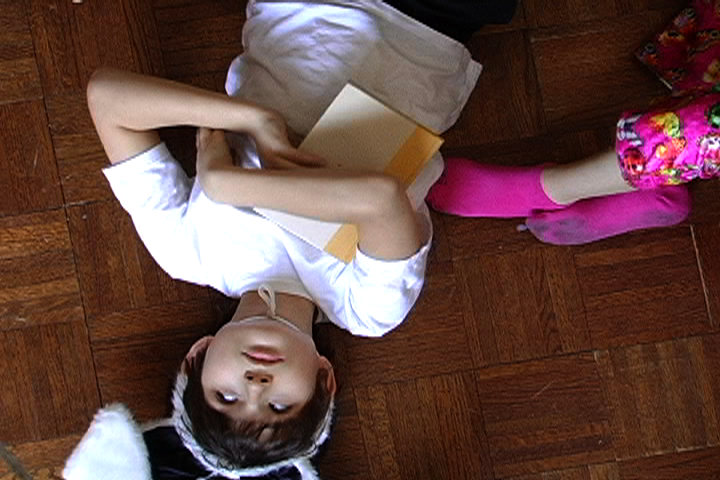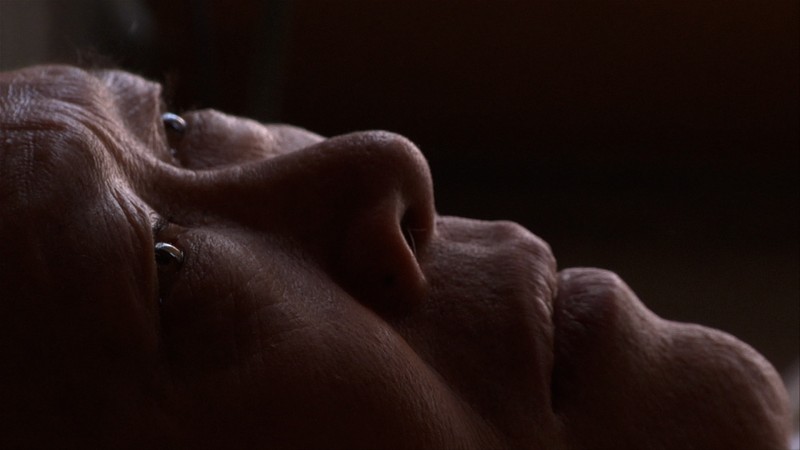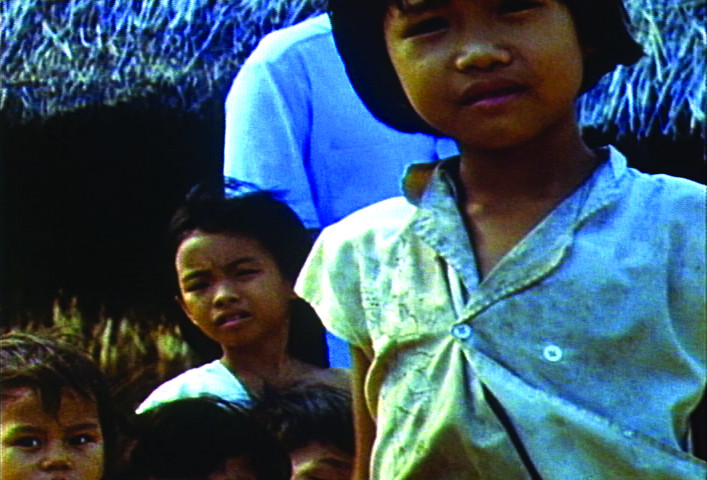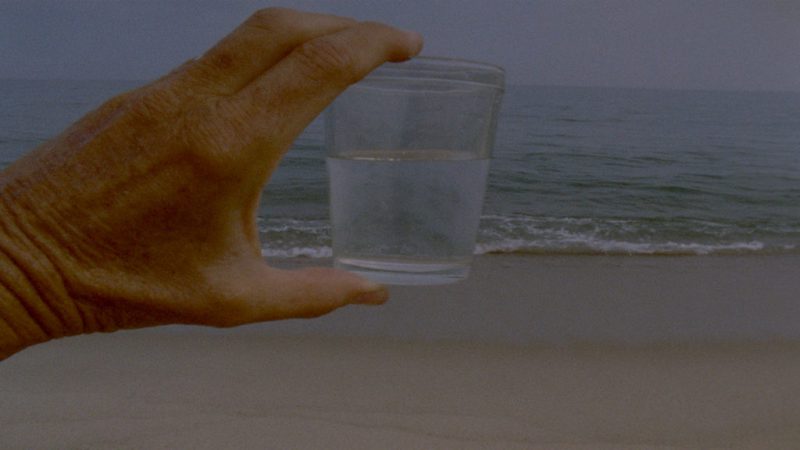A long-overdue retrospective of the feminist artist and filmmaker demonstrates how she explores communication in her work.

By Serena Scateni
July 13, 2020
Hyperallergic
https://hyperallergic.com/575385/lynne-sachs-sheffield-docfest-retrospective/

Lynne Sachs has always eluded easy labeling. Since her first short films in the late ’80s — the black-and-white character study Still Life With a Woman and Four Objects and the Laura-Mulvey-inspired observation on gendered bodies that is Drawn and Quartered — she’s eschewed traditional film grammar. She’s focused instead on capturing gestures, inches of skin, fragments of conversations, casual moments in time, personal memorabilia, and weaving them into unexpected patterns. This year, Sheffield Doc/Fest has celebrated Sachs with a long-overdue retrospective.
A recurring theme in Sachs’s filmography is the elliptical tension of translating spoken language into visual language. From her video travelogue of two clashing cultures in Which Way Is East: Notebooks from Vietnam (1994) to the visual haiku of Sound of a Shadow (2010), she grounds her work in using aesthetics to decipher how people communicate. For Sachs, translation is frequently as much a vessel for encountering others as it is a tool to mold her films’ forms.

Two titles in the retrospective use this approach to give voice to the marginalized. The Washing Society (2018) documents both the contemporary and historical invisible labor in New York City laundromats, mostly performed by Black and brown women. Their repetitive gestures are performed in tempo to the words of the Atlanta black laundresses’ manifesto of 1881, and their unappreciated work is eventually exalted by artistic performances in the laundromats. Similarly, Your Day is My Night (2014) steps into the overcrowded apartments of immigrants in New York’s Chinatown. Their beds and common rooms are turned into stages on which they recount their pasts and talk about their current experiences. Sachs sublimes the personal into the theatrical.

Translation is more directly approached in Which Way Is East. Visiting her sister Dana in Vietnam, Sachs acts as both an outsider enchanted by the unfamiliar (while trying to avoid succumbing to Orientalist tropes) and a displaced explorer. She does not perceive her inability to speak Vietnamese as a barrier, even though communication would be arduous without Dana acting as an interpreter. Meanwhile, the peculiar The Last Happy Day (2009) explores the intricacies of the Sachs family genealogy. Sachs and her daughters peruse the letters of a distant cousin, Alexander Lenard, trying to piece his life together. The result is a fragmented series of floating imagery which gradually coheres into a portrait of an interesting man, a doctor who fought World War II and later translated Winnie the Pooh into Latin.

Sachs’s mentor and friend Barbara Hammer inhabits A Month of Single Frames (2019), her moving tribute to the late filmmaker’s work and inspiration. Some of Hammer’s personal materials were given to Sachs with absolute freedom regarding what form they would take in her hands. With fondness, she merges 16mm film shot by Hammer during an artist residency at Cape Cod in 1998 with a 2018 recording of Hammer reading excerpts from her journal. On-screen text sporadically appears to further dialogue with the source material, and perhaps Hammer herself as well. It is cinema as a conversation between generations, and between the living and the dead. Translation is not merely a utilitarian mediation for mutual understanding, but also a political act. Sachs embraces variegated renditions of filmic language, recording the world, digesting it, and offering it to viewers in its performative beauty.
Lynne Sachs’s work is available on a variety of platforms.
https://hyperallergic.com/575385/lynne-sachs-sheffield-docfest-retrospective/
